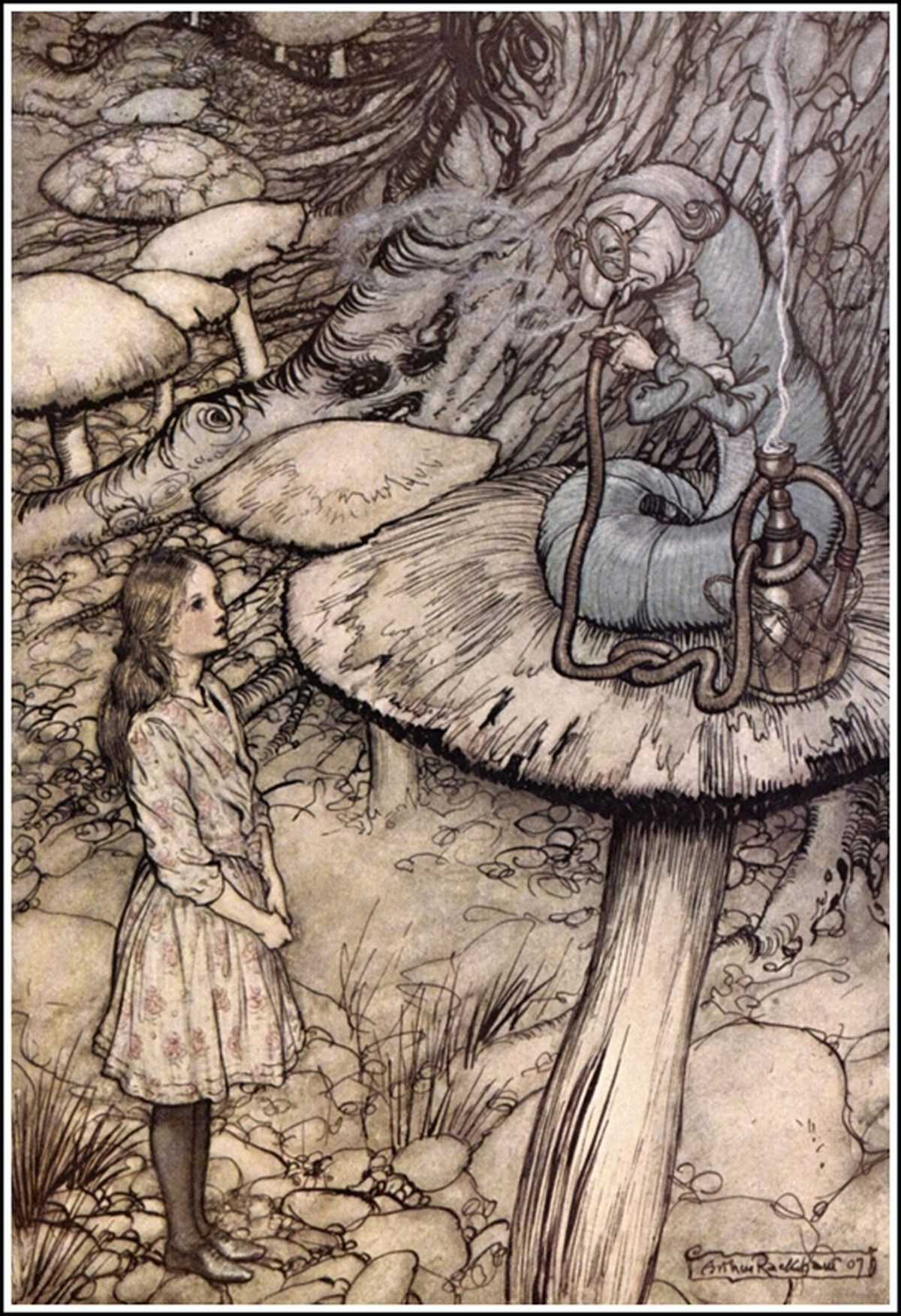.jpg)
The Princess and the Pea, by Dulac
Link to image
There once was a Prince who wanted to meet a real princess very much. But not just any princess: he wanted to meet a princess that could identify with him, as he had grown tired of girls always asking him to marry them without knowing anything about him. He knew the reason why most of them asked: they wanted to be endowed with the riches that his kingdom had acquired over his family's legacy. His mother was the main source of his woes, as she only invited the most upwardly mobile girls in society to the citadel celebrations and parties.
To solve his own problem he set out in the world, traveling to lands wide and far in search of a proper princess that was truly a good person at heart. However, despite all his efforts to conceal his identity, all the princesses he visited found out about him and immediately asked them to be wedded. He suspected his mother was the source of all this, as she had insisted that she come with him and knew his travel itinerary.
So, the Prince headed back to his castle, depressed into the thought that he would either be forever alone or destined to marry someone whom he didn't love. However," he thought "if chance plays me a good hand, perhaps the princess and I will meet under the guise of luck."
As fate would have it, an awful storm brewed up one night, one that no ordinary person, especially not a person of nobility, would be willing to risk life and limb in. Nonetheless, there came a knock at the door, and the princes attended his guards as they let the stranger in: it was a young girl, beautiful even with her clothes torn to rags. She tells the Prince that she indeed is a Princess and would very much like to have a place to rest for the night. Before she could tell her story about how she came to be in her worn and torn state, she collapses from exhaustion.
The Prince orders that she be given as many mattresses for her bed as she pleases, and this number winds up being around twenty or so. Even though her requests throughout the night were decadent, the Prince maintained in his mind that she might be the princess he was looking for. His mother, however, caught wind of the new visitor and couldn't hold herself from intervening. She sneaked into the bed chamber where the lost princess was sleeping and placed a tiny pea under the mattresses. "This", she thought, "would prove whether she was a real princess come morning."
When morning came, the princess was bathed and refreshed with new clothes. Then the Prince, his mother, and the princess all met in the great eating hall for breakfast. The Prince asked the princess how she slept. "Awfully dreadful!" she exclaimed, "I woke up feeling like I had slept on a rock." The Prince was curious as to why this was the case, and his mother chimed in to say that she had hidden a pea in the mattresses, and if the girl had felt the pea, she would have shown sensitivity enough to be a real princess.
Trying to overlook this tricky intervention by his mother, he asked the princess to tell him about herself. Immediately, and without almost any hesitation, the girl said,"Well, I had heard of your kingdom's predicament, and I wanted to know if it was truly as terrible as they all say..." The Prince frowned, he knew where this was going. "... And I wanted to know how I could help. My hand is free after all." the princess fluttered her delicate hand at him in a flirty manner. She was absolutely gorgeous, but he knew that no good could come of choosing her. The Prince ate the rest of his breakfast in silence.
Afterward, he called for a carriage to take the princess back to her kingdom. He looked to the noon-ward sun and said, "Perhaps a real princess doesn't exist. But maybe if I look amongst the commonfolk, I will be able to find a person who is not occupied with wealth or prestige. Maybe then I will find a princess: not a REAL princess, but a good person; noble in heart and soul."
Author's note: I followed the general premises of the original story, but I wanted to change the ending so that the prince wasn't as swayed as he was in the original story by superficial values and pursuits. I think it adds more to the story if the Prince was not merely focused on finding a princess, but someone who he could actually see himself with as a person.
Link to story-

















